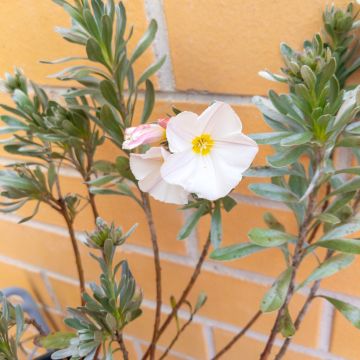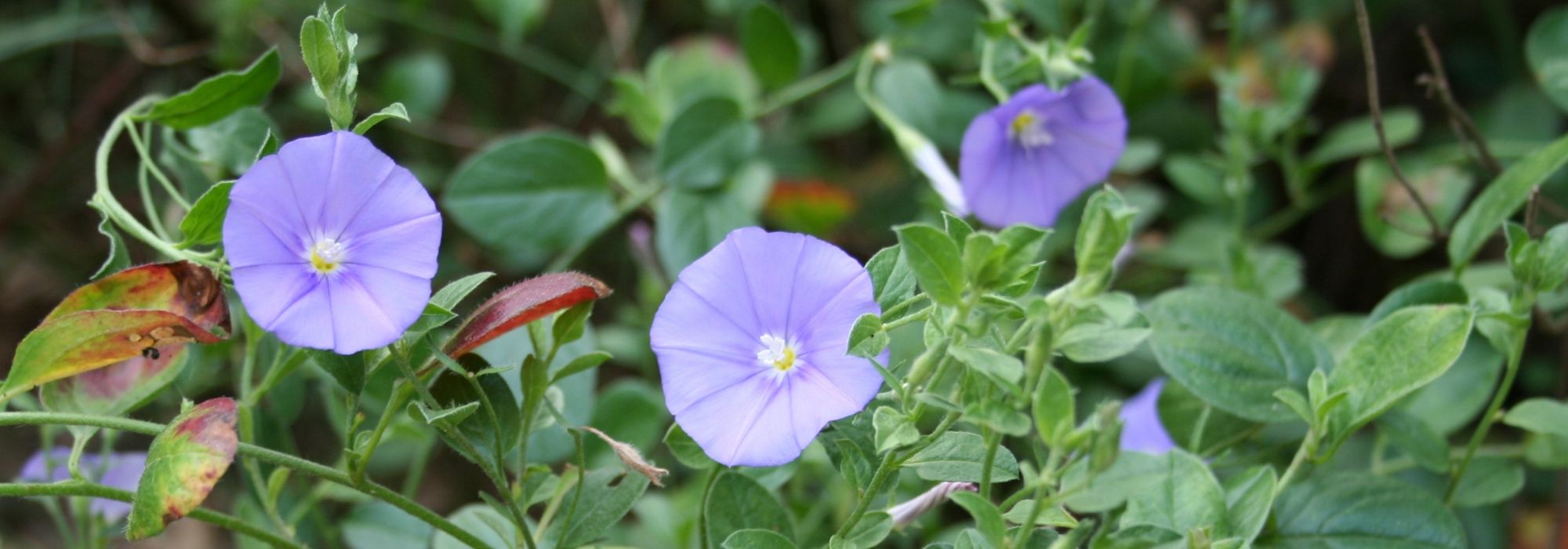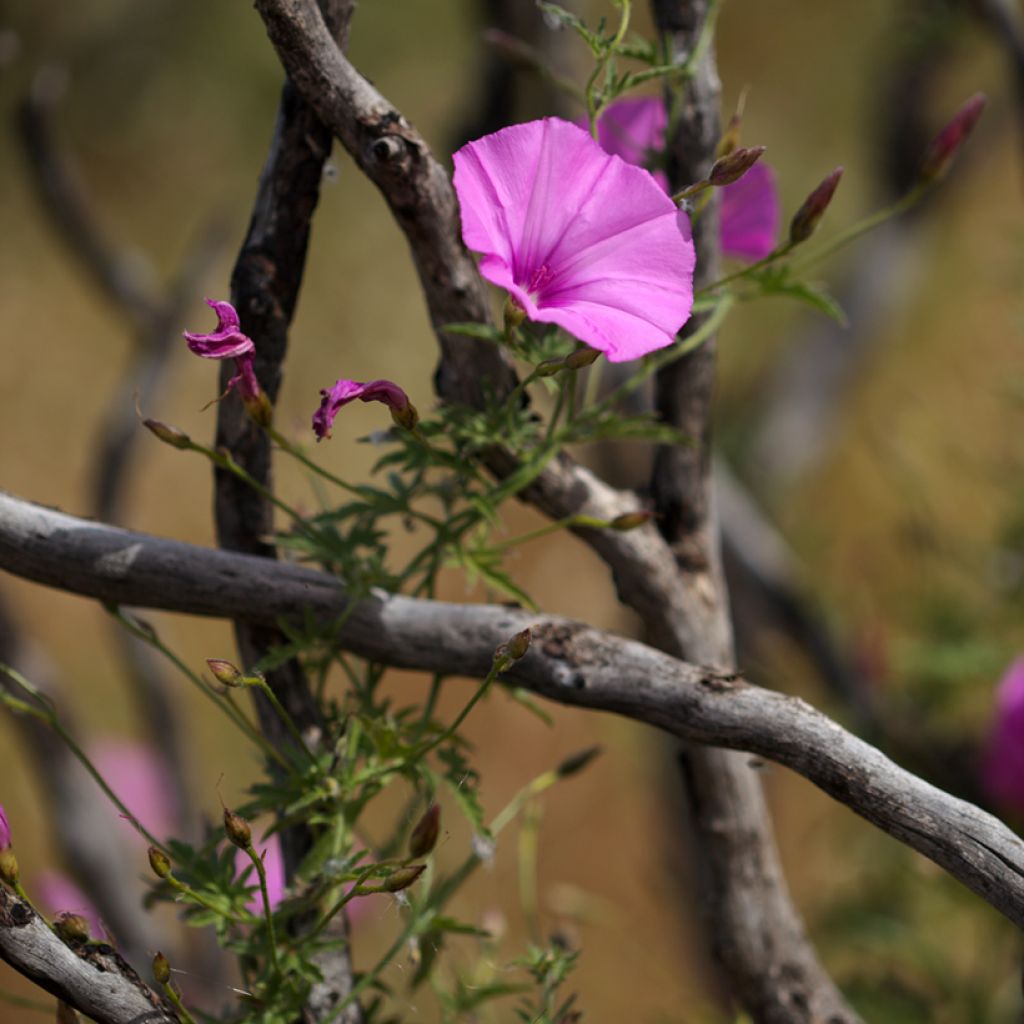

Convolvulus althaeoides
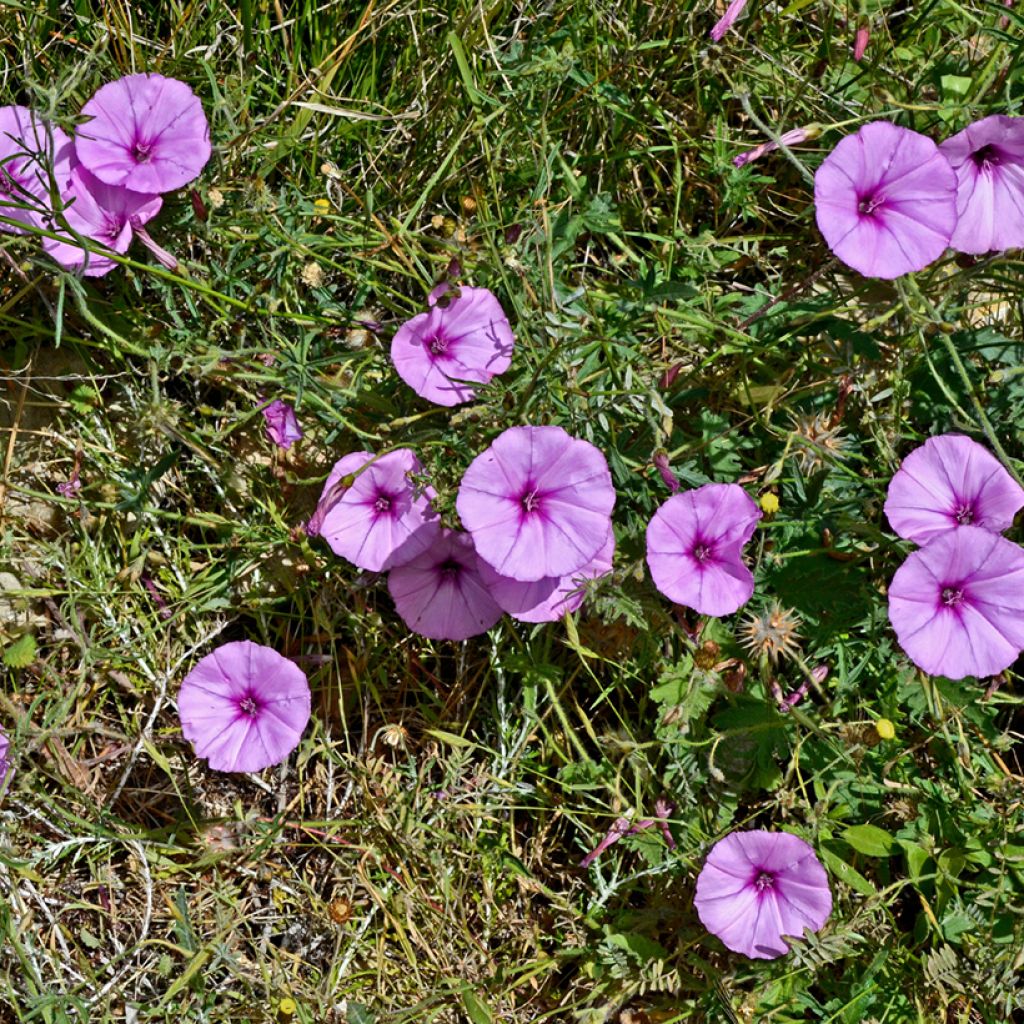

Convolvulus althaeoides


Convolvulus althaeoides
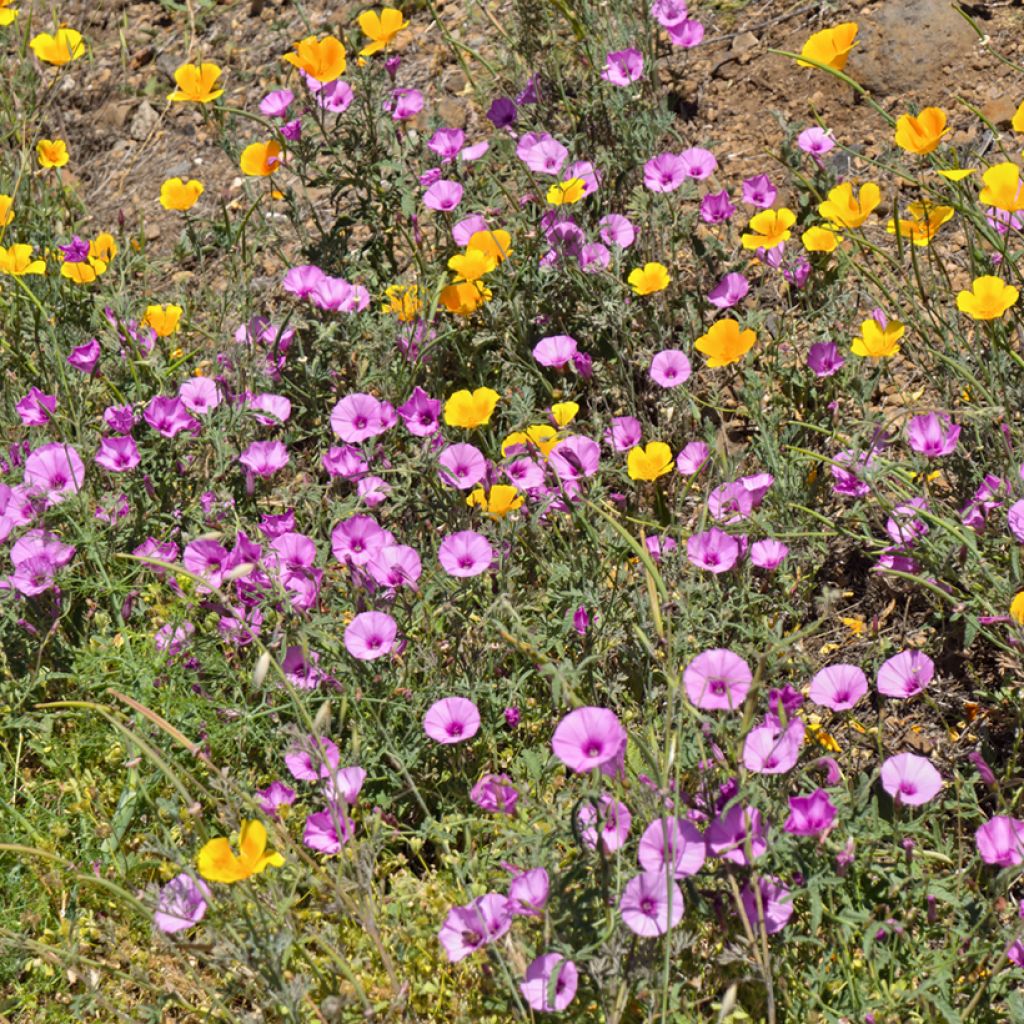

Convolvulus althaeoides
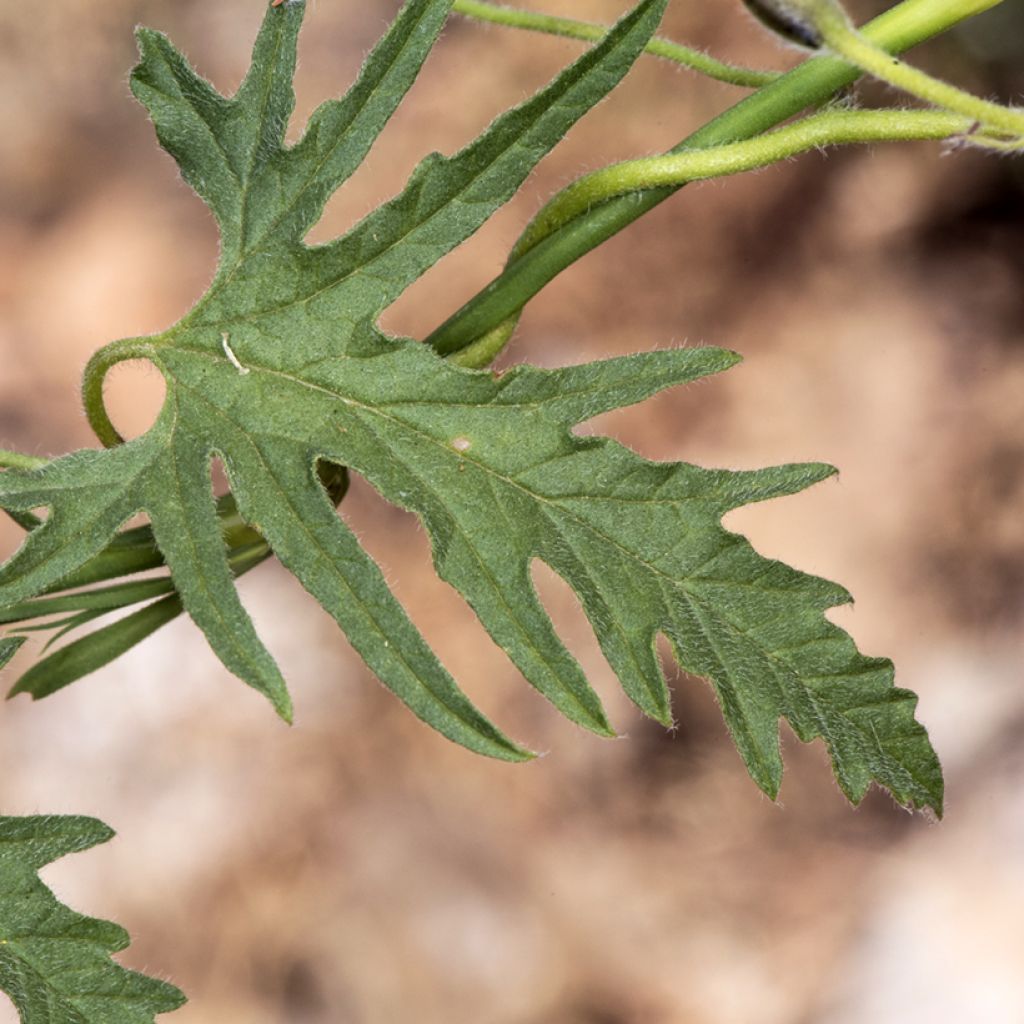

Convolvulus althaeoides
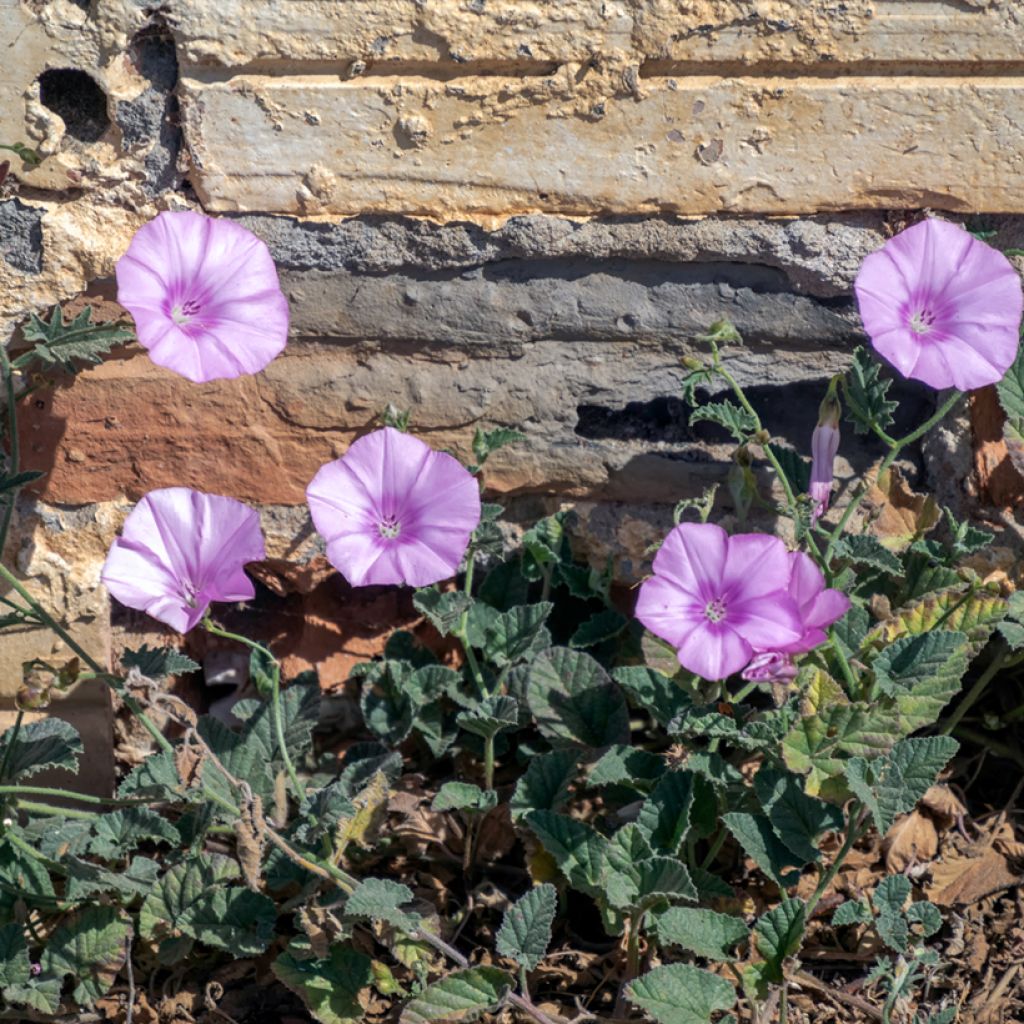

Convolvulus althaeoides
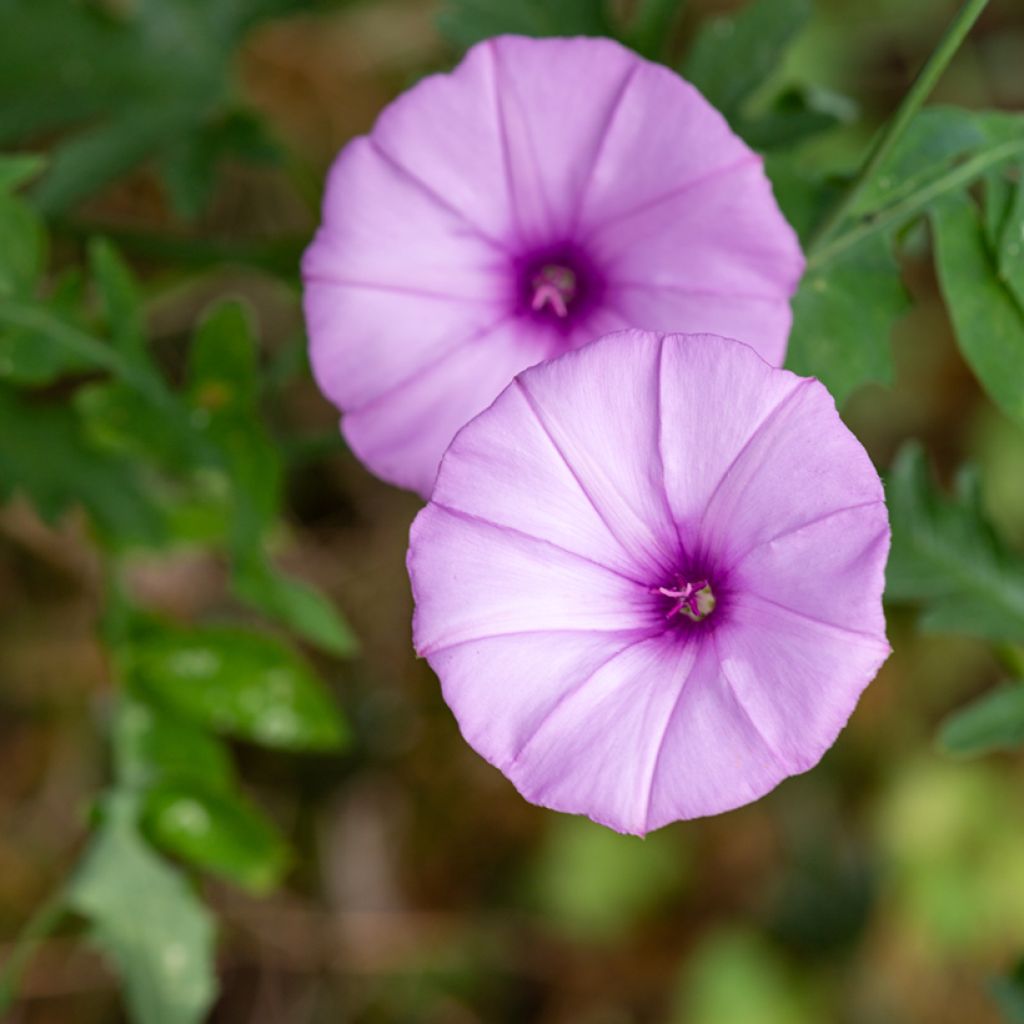

Convolvulus althaeoides
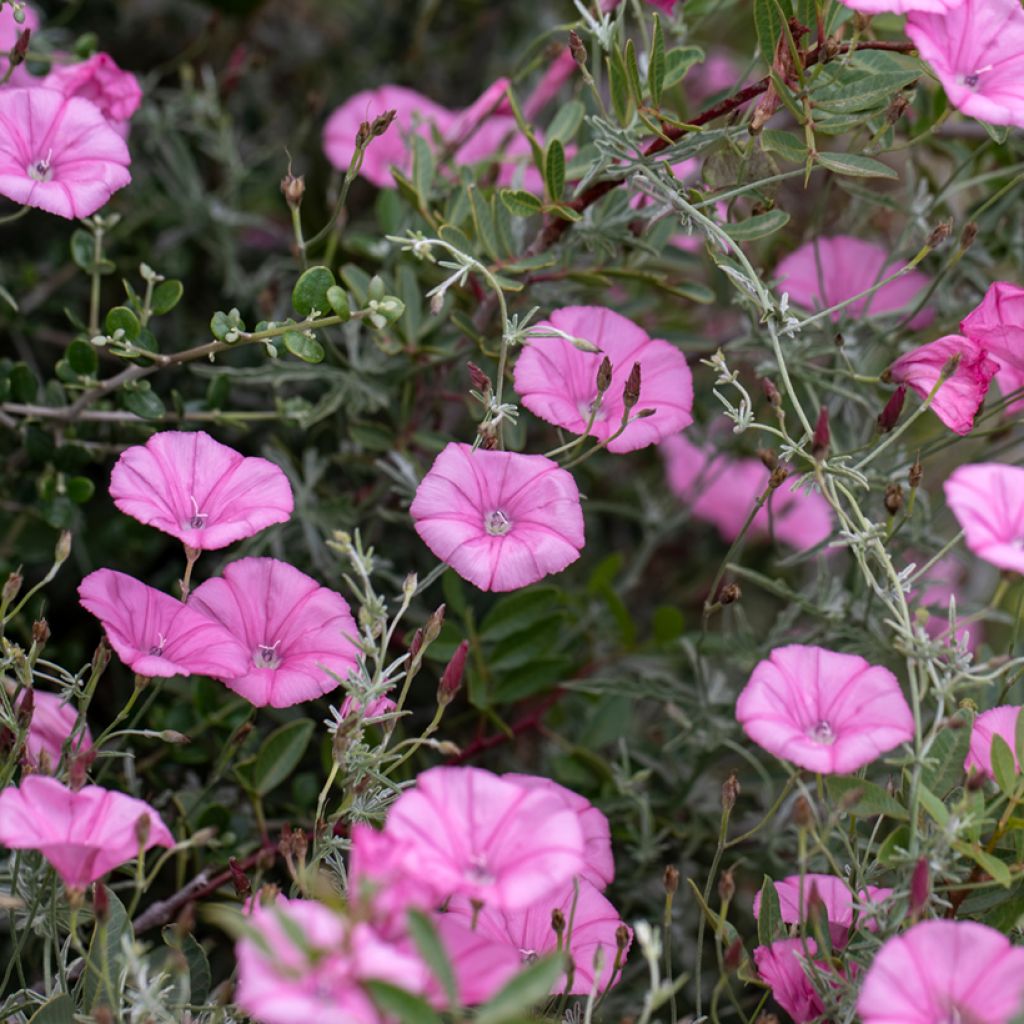

Convolvulus althaeoides
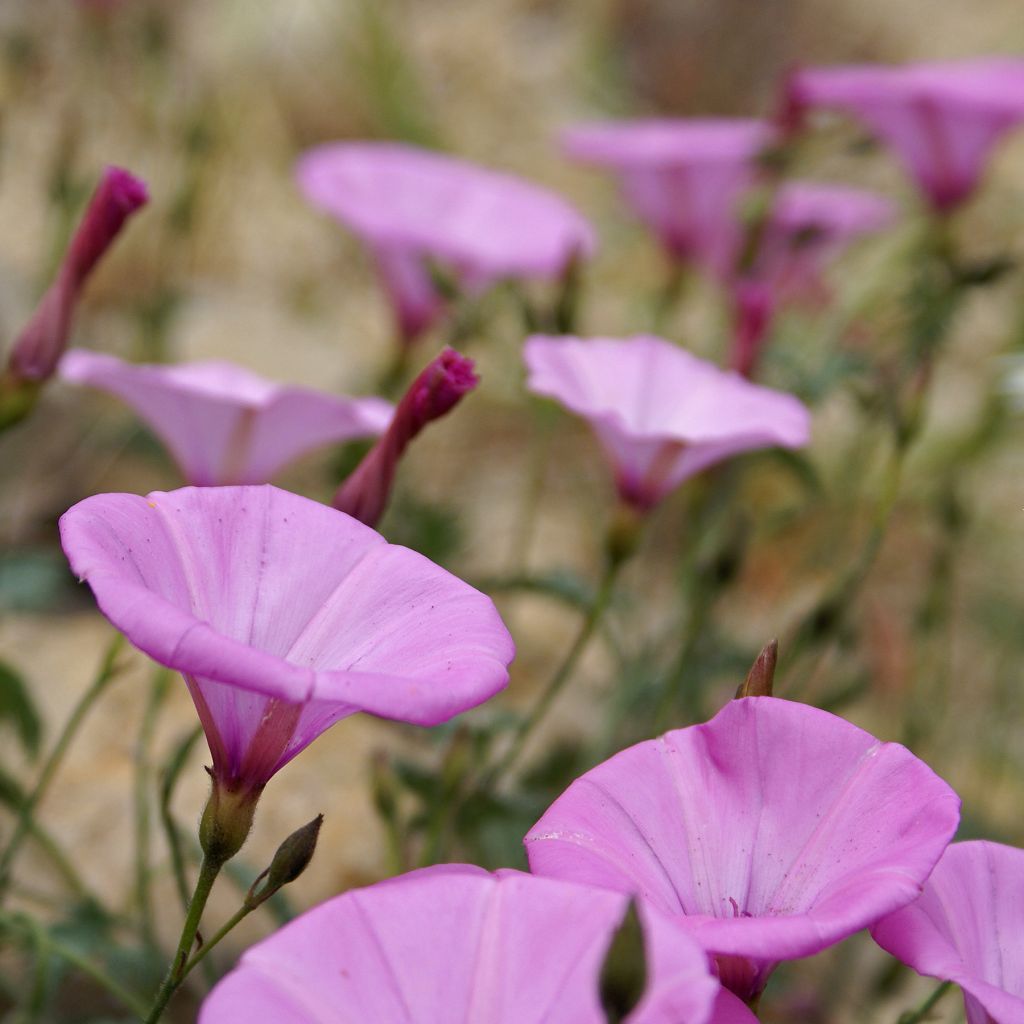

Convolvulus althaeoides, Liseron
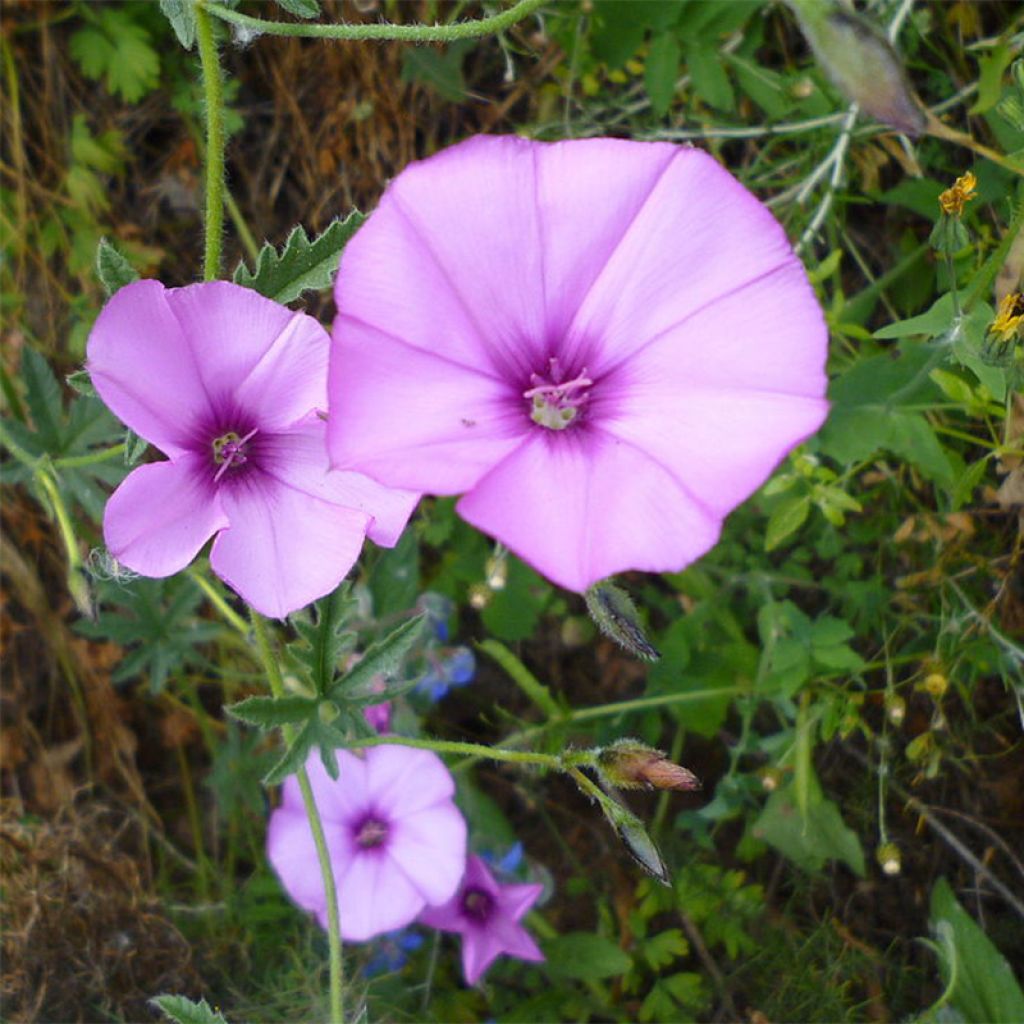

Convolvulus althaeoides, Liseron
Convolvulus althaeoides
Convolvulus althaeoides
Mallow bindweed, Riviera bindweed
Special offer!
Receive a €20 voucher for any order over €90 (excluding delivery costs, credit notes, and plastic-free options)!
1- Add your favorite plants to your cart.
2- Once you have reached €90, confirm your order (you can even choose the delivery date!).
3- As soon as your order is shipped, you will receive an email containing your voucher code, valid for 3 months (90 days).
Your voucher is unique and can only be used once, for any order with a minimum value of €20, excluding delivery costs.
Can be combined with other current offers, non-divisible and non-refundable.
Why not try an alternative variety in stock?
View all →This plant carries a 24 months recovery warranty
More information
We guarantee the quality of our plants for a full growing cycle, and will replace at our expense any plant that fails to recover under normal climatic and planting conditions.
Would this plant suit my garden?
Set up your Plantfit profile →
Description
Convolvulus althaeoides, commonly known as False Mallow Bindweed or Provence Bindweed, is a treasure of Mediterranean flora. This climbing to creeping perennial wraps itself around surrounding plants, covering them with beautiful pink garlands. Its species name, althaeoides, is due to the resemblance of its hairy grey-green leaves to those of Marsh mallow (Althaea officinalis). Perfectly at home in dry gardens, this bindweed can grow in the ground where winters are not too harsh. Outside of its native region, it is best to cultivate it in pots to control its spread.
Convolvulus althaeoides belongs to the Convolvulaceae family, like all bindweeds. Its distribution area is Mediterranean. It is not uncommon to find it in rocky, uncultivated, and arid places. It is a perennial plant with a long trailing rhizome and a woody stump that produces new shoots every spring. Its hairy vegetation is more or less prostrate. The vegetation reaches a height or spread of between 3cm (12in) and 1m (3ft). The leaves located at the base of the stems are arrow-shaped and almost entire, while those located in the upper part are deeply divided into thin lobes, eventually becoming thread-like. Flowering takes place from April to June in warm climates, and is delayed until summer in cooler areas. Many funnel-shaped corollas open at the axils of the leaves, measuring 3 to 4cm (1 to 2in) in diameter. The corolla is light pink, with a dark pink centre. The flowers are ephemeral, but they continuously renew themselves. The above-ground, deciduous vegetation dies back in winter.
It naturally finds its place in a dry garden without irrigation, among thyme, lavender, rosemary, Leucophyllum, and other drought-tolerant plants. It enhances all neighbouring plants, much like small clematis vines that weave through shrubs. It pairs well with Ceanothus prostratus or Teucrium fruticans 'Azureum'. It is also a charming rock garden perennial, which can be combined, for example, with its cousins Silver Bindweed or Mauritanian Bindweed. Relatively hardy, this species tolerates brief frosts of around -10°C (14°F) in well-drained soil.
Convolvulus althaeoides in pictures
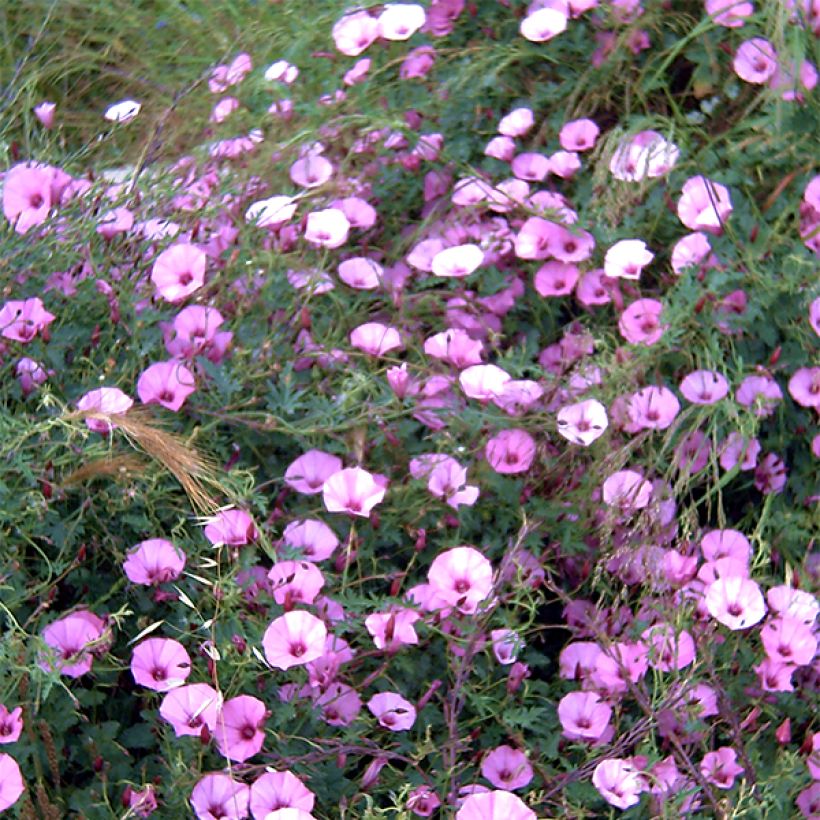

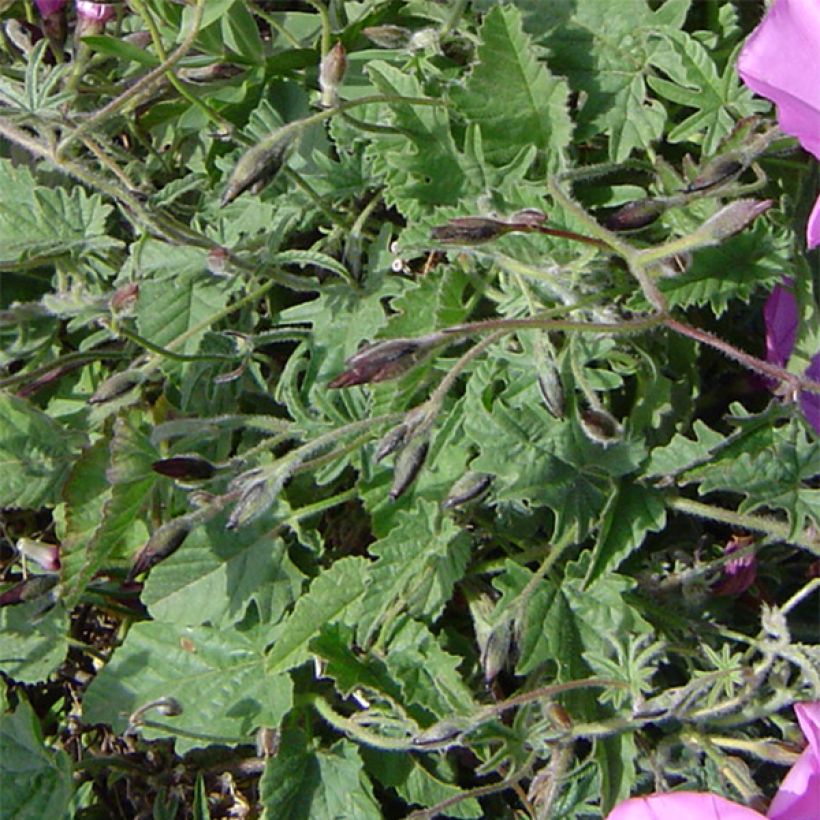

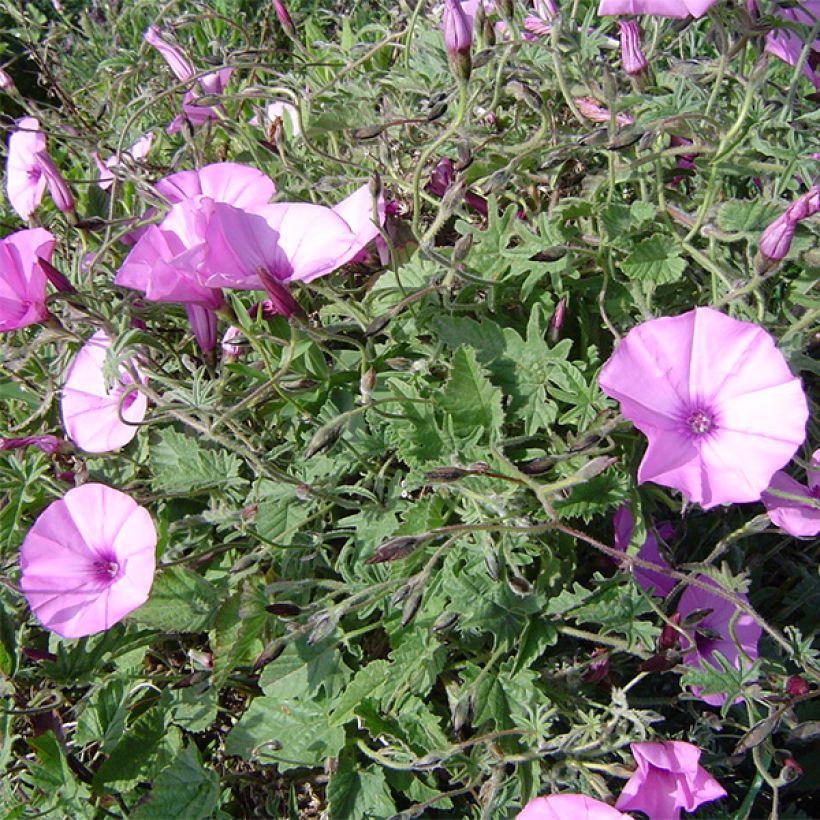

Plant habit
Flowering
Foliage
Botanical data
Convolvulus
althaeoides
Convolvulaceae
Mallow bindweed, Riviera bindweed
Mediterranean
Other Convolvulus
View all →Planting and care
Convolvulus althaeoides likes sunny and warm situations, in well-drained, sandy or rocky soil. It can become invasive when growing conditions suit it. Limestone is not a problem and the plant withstands very dry summers once well rooted. Not very hardy in theory, this plant is easy to acclimatise in colder regions by planting it in a rockery where its trailing roots take refuge under the rocks. Take note: this plant can become an invasive pest!
Planting period
Intended location
Care
Planting & care advice
This item has not been reviewed yet - be the first to leave a review about it.
Haven't found what you were looking for?
Hardiness is the lowest winter temperature a plant can endure without suffering serious damage or even dying. However, hardiness is affected by location (a sheltered area, such as a patio), protection (winter cover) and soil type (hardiness is improved by well-drained soil).

Photo Sharing Terms & Conditions
In order to encourage gardeners to interact and share their experiences, Promesse de fleurs offers various media enabling content to be uploaded onto its Site - in particular via the ‘Photo sharing’ module.
The User agrees to refrain from:
- Posting any content that is illegal, prejudicial, insulting, racist, inciteful to hatred, revisionist, contrary to public decency, that infringes on privacy or on the privacy rights of third parties, in particular the publicity rights of persons and goods, intellectual property rights, or the right to privacy.
- Submitting content on behalf of a third party;
- Impersonate the identity of a third party and/or publish any personal information about a third party;
In general, the User undertakes to refrain from any unethical behaviour.
All Content (in particular text, comments, files, images, photos, videos, creative works, etc.), which may be subject to property or intellectual property rights, image or other private rights, shall remain the property of the User, subject to the limited rights granted by the terms of the licence granted by Promesse de fleurs as stated below. Users are at liberty to publish or not to publish such Content on the Site, notably via the ‘Photo Sharing’ facility, and accept that this Content shall be made public and freely accessible, notably on the Internet.
Users further acknowledge, undertake to have ,and guarantee that they hold all necessary rights and permissions to publish such material on the Site, in particular with regard to the legislation in force pertaining to any privacy, property, intellectual property, image, or contractual rights, or rights of any other nature. By publishing such Content on the Site, Users acknowledge accepting full liability as publishers of the Content within the meaning of the law, and grant Promesse de fleurs, free of charge, an inclusive, worldwide licence for the said Content for the entire duration of its publication, including all reproduction, representation, up/downloading, displaying, performing, transmission, and storage rights.
Users also grant permission for their name to be linked to the Content and accept that this link may not always be made available.
By engaging in posting material, Users consent to their Content becoming automatically accessible on the Internet, in particular on other sites and/or blogs and/or web pages of the Promesse de fleurs site, including in particular social pages and the Promesse de fleurs catalogue.
Users may secure the removal of entrusted content free of charge by issuing a simple request via our contact form.
The flowering period indicated on our website applies to countries and regions located in USDA zone 8 (France, the United Kingdom, Ireland, the Netherlands, etc.)
It will vary according to where you live:
- In zones 9 to 10 (Italy, Spain, Greece, etc.), flowering will occur about 2 to 4 weeks earlier.
- In zones 6 to 7 (Germany, Poland, Slovenia, and lower mountainous regions), flowering will be delayed by 2 to 3 weeks.
- In zone 5 (Central Europe, Scandinavia), blooming will be delayed by 3 to 5 weeks.
In temperate climates, pruning of spring-flowering shrubs (forsythia, spireas, etc.) should be done just after flowering.
Pruning of summer-flowering shrubs (Indian Lilac, Perovskia, etc.) can be done in winter or spring.
In cold regions as well as with frost-sensitive plants, avoid pruning too early when severe frosts may still occur.
The planting period indicated on our website applies to countries and regions located in USDA zone 8 (France, United Kingdom, Ireland, Netherlands).
It will vary according to where you live:
- In Mediterranean zones (Marseille, Madrid, Milan, etc.), autumn and winter are the best planting periods.
- In continental zones (Strasbourg, Munich, Vienna, etc.), delay planting by 2 to 3 weeks in spring and bring it forward by 2 to 4 weeks in autumn.
- In mountainous regions (the Alps, Pyrenees, Carpathians, etc.), it is best to plant in late spring (May-June) or late summer (August-September).
The harvesting period indicated on our website applies to countries and regions in USDA zone 8 (France, England, Ireland, the Netherlands).
In colder areas (Scandinavia, Poland, Austria...) fruit and vegetable harvests are likely to be delayed by 3-4 weeks.
In warmer areas (Italy, Spain, Greece, etc.), harvesting will probably take place earlier, depending on weather conditions.
The sowing periods indicated on our website apply to countries and regions within USDA Zone 8 (France, UK, Ireland, Netherlands).
In colder areas (Scandinavia, Poland, Austria...), delay any outdoor sowing by 3-4 weeks, or sow under glass.
In warmer climes (Italy, Spain, Greece, etc.), bring outdoor sowing forward by a few weeks.































